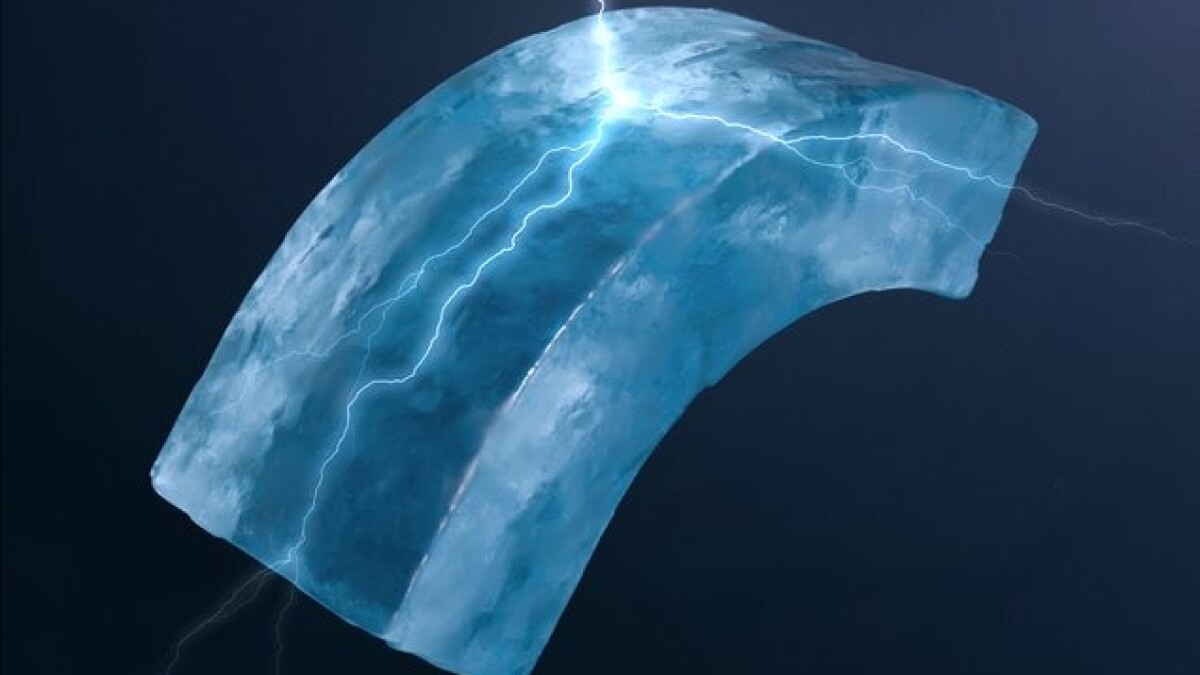Groundbreaking Discovery: Ice Generates Electricity in Two Novel Ways
Scientists discover ice can generate electricity through two unexpected mechanisms, revolutionizing our understanding of this common substance and potentially explaining natural phenomena like lightning formation.

Laboratory demonstration of ice's newly discovered electrical properties at the Catalan Institute of Nanoscience and Nanotechnology
Scientists at the Catalan Institute of Nanoscience and Nanotechnology have made a remarkable discovery about one of nature's most common substances - ice. This breakthrough research reveals that frozen water can generate electricity through two distinct mechanisms, challenging our traditional understanding of this familiar material.
Revolutionary Properties of Ice Unveiled
In a development that could revolutionize our understanding of natural phenomena, much like how technological innovations are transforming other scientific fields, researchers have demonstrated ice's unexpected electrical properties.
Two Distinct Electrical Generation Methods
- Flexoelectricity: Occurs when ice is bent, creating a strain gradient
- Ferroelectricity: Manifests at extremely low temperatures (-113°C)
This discovery's implications for understanding natural phenomena are significant, particularly in meteorology. The findings could help explain lightning formation in storms, where ice crystal interactions play a crucial role - a phenomenon that has intrigued scientists studying advanced atmospheric monitoring systems.
Scientific Breakthrough with Traditional Implications
While this research demonstrates cutting-edge scientific progress, it also reinforces our appreciation for nature's fundamental processes, much like how modern innovations can complement traditional understanding.
The research team measured a flexoelectric response of approximately 1.14±0.13 nC/m, marking the first quantified measurement of this kind in ice.
Practical Applications and Future Research
This groundbreaking discovery opens new avenues for understanding weather patterns, climate science, and potentially developing novel energy harvesting technologies. The research continues to demonstrate how even well-studied materials can reveal surprising properties under careful scientific scrutiny.
Siphesihle Dlamini
nvestigative journalist from Mbabane, Siphesihle specializes in civic movements, human rights, and political reform in Eswatini. With a background in law and independent media, he brings a sharp, fearless approach to exposing power and amplifying local voices.
